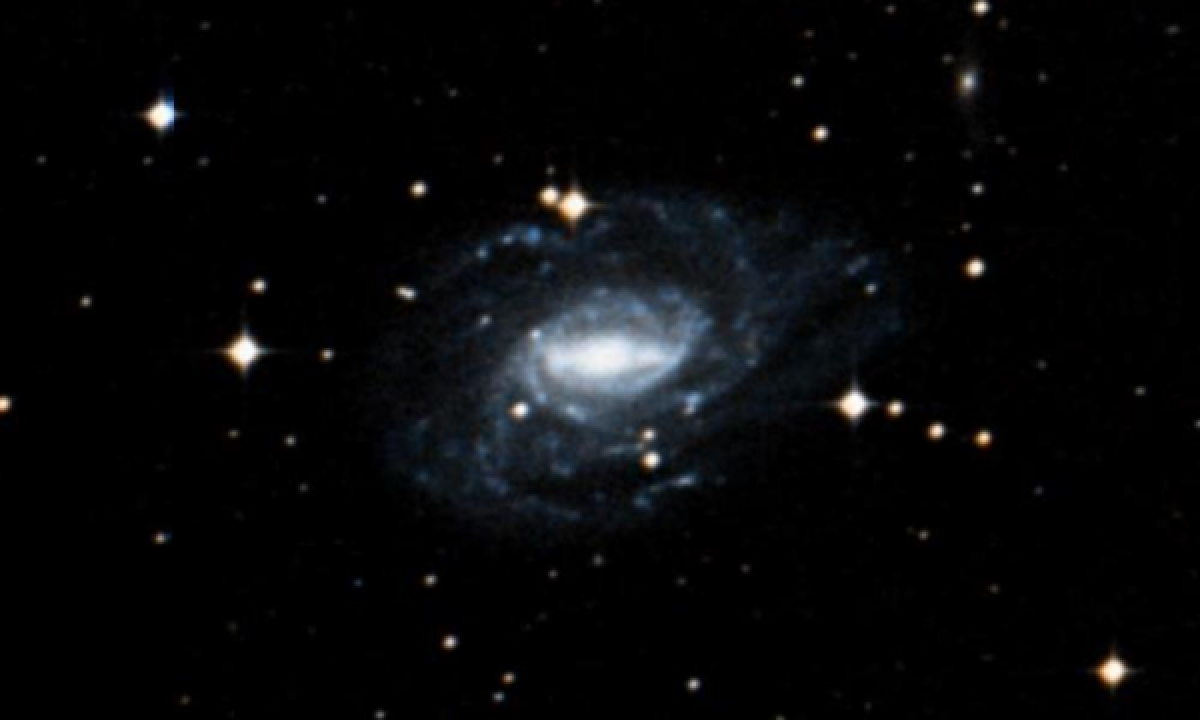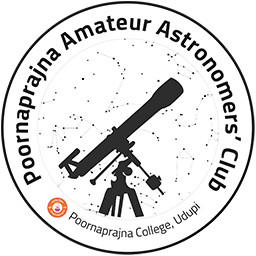The New General Catalogue of Nebulae and Clusters of Stars (abbreviated as NGC) is a catalogue of deep-sky objects compiled by John Louis Emil Dreyer in 1888. The NGC contains 7,840 objects, known as the NGC objects. It is one of the largest comprehensive catalogues, as it includes all types of deep space objects, including galaxies, star clusters, emission nebulae and absorption nebulae.
Know more about NGC
NGC 1784

NGC 1784 is a barred spiral galaxy in the constellation Lepus. The galaxy lies about 80 million light years away from Earth based on redshift independent methods, which means, given its apparent dimensions, that NGC 1784 is approximately 100,000 light years across. Its distance based on redshift is 102 Mly. It was discovered by John Herschel on December 11, 1836. NGC 1784 has a strong bar with dust lanes and patches. Two spiral arms emerge from the end of the bar and form a nearly complete inner ring. The outer spiral arm of the galaxy consists of low-surface-brightness spiral fragments, which complete up to a quarter of revolution before fading. These arms have many knots. Imaging in the hydrogen line shows the presence of a narrow but bright ring. The hydrogen ring is more prominent at the eastern side of the galaxy. Also, the hydrogen appears wrapped, indicative of an interaction with another galaxy. The total hydrogen mass of the galaxy is estimated to be 1.17×1010 M☉. One supernova has been discovered in NGC 1784, SN 2022xkq. The supernova was discovered on 13 October 2022, and it was classified as photometrically transitional and spectroscopically 91bg-like type Ia supernova. These supernovae are characterised as underluminous and by fast-declining magnitude and are more common in older star populations. The supernova occurred in one of the spiral arms of the galaxy. An unusual feature of SN 2022xkq was its red excess. The supernova was observed by the James Webb Space Telescope in mid infrared. NGC 1784 is the foremost galaxy of the NGC 1784 Group, which also includes FGC 0523, and HIPASS J0508-13.
More Images:

Sources:
Wikipedia Page: NGC 1784
NGC 1784 at In-The-Sky website
